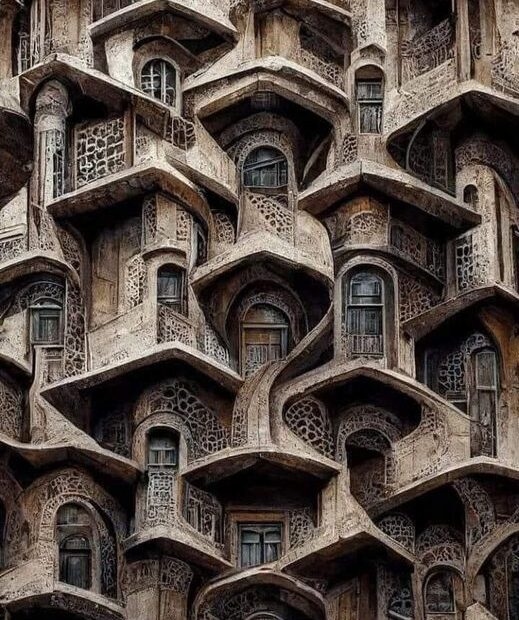
Medieval Cairo, Egypt, boasts a rich architectural heritage reflecting centuries of Islamic rule and cultural exchange. Here are some key features and examples of medieval architecture in Cairo:
Islamic Influence: Medieval Cairo’s architecture is predominantly Islamic, characterized by the use of geometric patterns, intricate carvings, and decorative elements such as arabesques and calligraphy. Islamic architecture emphasizes spiritual and functional aspects, often seen in mosques, madrasas (Islamic schools), and palaces.
Mosques: Cairo is home to numerous historic mosques, many of which date back to the medieval period. One notable example is the Mosque of Ibn Tulun, built in the 9th century during the Tulunid dynasty. It features a unique architectural style with a massive courtyard, pointed arches, and a spiral minaret. The Al-Azhar Mosque, founded in the 10th century, is another significant landmark known for its intricate decoration and status as one of the oldest universities in the world.
Madrasas: Medieval Cairo’s madrasas served as centers of learning and religious instruction. One prominent example is the Al-Azhar University, founded in the 10th century, which played a crucial role in the dissemination of Islamic knowledge and scholarship. The Sultan Hassan Mosque-Madrasa, built in the 14th century, is renowned for its imposing size and architectural complexity, featuring intricate stone carvings and majestic domes.
Palaces and Fortifications: Cairo’s medieval rulers constructed elaborate palaces and fortifications to assert their power and protect the city from external threats. The Citadel of Cairo, built by Saladin in the 12th century, is a sprawling fortress that housed the rulers of Egypt for centuries. It contains several mosques, palaces, and defensive structures, including the iconic Mosque of Muhammad Ali with its distinctive domes and minarets.
Residential Architecture: Medieval Cairo’s residential architecture includes traditional courtyard houses known as “darb al-ahmar.” These houses typically feature a central courtyard surrounded by rooms and are adorned with decorative elements such as wooden screens (mashrabiya) and colorful tiles.
Bazaars and Caravanserais: Cairo’s medieval bazaars and caravanserais (inns) were vital hubs of commerce and trade. The Khan el-Khalili bazaar, dating back to the 14th century, is one of the oldest and most famous marketplaces in the city, known for its labyrinthine alleys, historic buildings, and vibrant atmosphere.
Medieval Cairo’s architecture reflects the city’s rich cultural heritage and its status as a center of Islamic civilization, making it a fascinating destination for visitors interested in history, art, and architecture.
